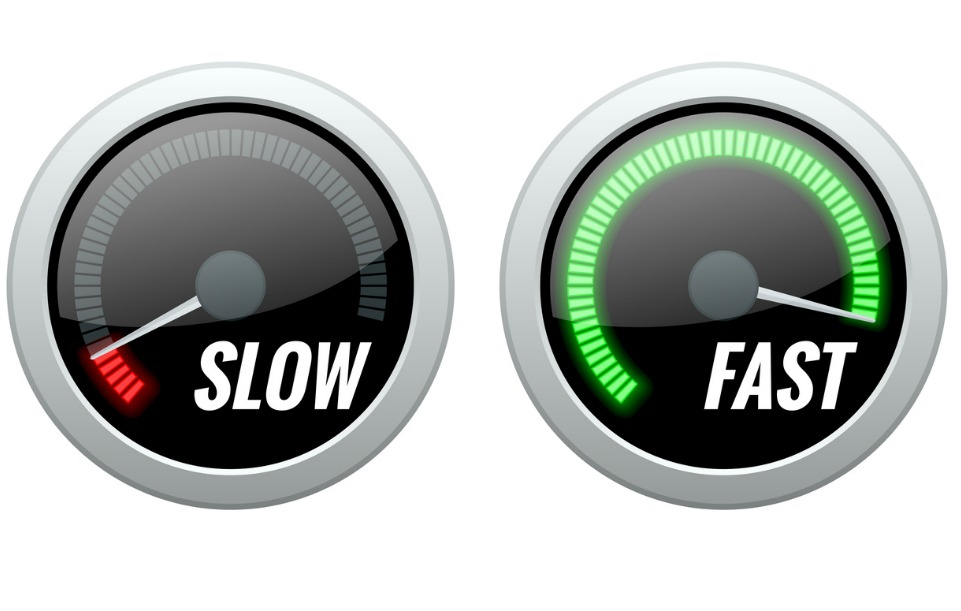
Testing the speed of your internet connection is easy, but it’s also easy to misunderstand the results. Your devices — TVs, routers, smartphones, laptops, desktops, etc. — have different capabilities, and you can get different results on each one, even while using the same internet connection.
This is particularly noticeable to users taking advantage of higher speed packages offered by Chariton Valley.
Here are a few things to keep in mind when evaluating your speed test results:
HARD-WIRED VS. WIRELESS
That old-school cord-and-plug is simply more reliable than WiFi (wireless) connectivity. Even those super-fast 1 Gbps connections, now widely available across the country, won’t test out at higher than 500 to 700 Mbps when tested over WiFi. For the most accurate speed test result you must test with a hard-wired device.
Why? Because there are nearly endless variables that can negatively affect a WiFi signal, everything from nearby construction or the wireless printer in the home office to a baby monitor or microwave in use in the home.
Keep in mind that one limitation with a hard-wired connection is testing with a device that has a 100 Mbps NIC (Network Interface Card). This can cause you to consistently receive speed test results at 90-98 Mbps. Chariton Valley recommends testing on a device that has a 1 Gbps NIC.
POSSIBLE PROBLEMS AFFECTING SPEED AND SPEED TESTS
Slow internet speeds are sometimes caused by malware such as adware and viruses. There are several free and inexpensive programs and apps to deal with that, and they’re important to use for many reasons.
This also sounds obvious, but it’s very easy to overlook any ongoing downloads or programs like video chat that may be turned on while you’re conducting a speed test on your device. Close these applications, reboot your device, and test again.
Even the browser you use — Chrome, Firefox, Safari, Microsoft’s new Edge, etc. — can affect your test speed. Try different browsers to see if that’s the case on your system.
If you have a WiFi extender, make sure you turn it off before you run a speed test. Otherwise, your computer may test the wrong connection.
This brings us to a final point about equipment. Technology advances constantly, and many older routers and computers simply cannot take full advantage of the blazing speed and bandwidth of today’s fiber broadband connectivity.
When you’re ready to upgrade your technology, make sure your new equipment has the network cards and internal processing power that can leverage the speed of market-leading fiber broadband like that from Chariton Valley.


Leave a Reply